
Why Small Inspection Cameras Are a Must-Have Tool for Professionals
A Closer Look at How Tiny Cameras Make a Big Impact
Small inspection cameras, also known as borescopes or endoscopes, have revolutionized various professional fields by providing critical visual access to hard-to-reach areas.
These compact, flexible devices are equipped with tiny cameras and LED lights, enabling detailed inspection in industries such as plumbing, automotive repair, aviation, and construction.
In plumbing, they help locate blockages and leaks without invasive measures. In automotive and aviation maintenance, they facilitate the examination of engine components and other intricate systems, ensuring safety and efficiency. Construction professionals use them to inspect wall cavities, ducts, and structural integrity.
The importance of small inspection cameras lies in their ability to save time, reduce costs, and enhance diagnostic accuracy, making them indispensable tools for modern diagnostics and maintenance.
What are Small Inspection Cameras?
Small inspection cameras, also known as borescopes or endoscopes, are compact, flexible devices designed to visually inspect and capture images or videos of hard-to-reach areas. They consist of a small camera mounted on the end of a flexible or rigid tube, often accompanied by LED lights for illumination. These cameras are used across various industries for diagnostics, maintenance, and repair without the need for disassembly or invasive procedures.
Basic Features
- Camera: High-resolution imaging sensor.
- Illumination: Integrated LED lights for clear visibility in dark spaces.
- Display: Connected to a monitor or mobile device for real-time viewing.
- Flexibility: Flexible or rigid tubes to navigate through tight or curved spaces.
- Portability: Compact design for easy transport and use in various environments.
Types of Small Inspection Cameras
- Flexible Borescopes: Bendable tubes for navigating complex paths.
- Rigid Borescopes: Straight tubes for inspecting straight-line access areas.
- Video Borescopes: Equipped with video capabilities for recording inspections.
- Wireless Endoscopes: Connect to smartphones or tablets via Wi-Fi for remote viewing.
- USB Endoscopes: Plug directly into a computer or mobile device via USB for easy use.
Key Technical Specifications
- Resolution: Ranges from 640x480 (VGA) to 1920x1080 (HD) or higher, affecting image clarity.
- Tube Diameter: Varies from 3.9mm to 10mm, influencing the ability to access narrow spaces.
- Tube Length: Typically ranges from 1 meter to 30 meters, depending on the application.
- Camera Angle: Usually 60 to 90 degrees, affecting the field of view.
- Illumination: Adjustable LED brightness to suit different inspection environments.
- Waterproof Rating: Often IP67 or higher, allowing use in wet or submerged conditions.
A small inspection camera is an essential tool that enhances the efficiency and accuracy of inspections in various professional fields, making complex and otherwise inaccessible inspections straightforward and effective.
Industries that Benefit from Small Inspection Cameras
Small inspection cameras are invaluable across various industries due to their ability to access and visualize hard-to-reach areas.
In plumbing, they identify blockages and leaks within pipes, reducing the need for invasive repairs. The electrical industry uses them to inspect conduits and behind panels, ensuring safe and efficient installations. Automotive professionals rely on these cameras for detailed engine and chassis inspections, facilitating precise maintenance. In construction, they check structural integrity in confined spaces, enhancing safety and quality control.
Additionally, the security sector employs these cameras for surveillance in compact or hidden areas, improving monitoring capabilities. Their versatility and efficiency make them essential tools in modern diagnostics and maintenance.
Advantages of Using Small Inspection Cameras
Small inspection cameras offer several key advantages across various industries:
- Enhanced Accuracy: They provide detailed visuals of otherwise inaccessible areas, allowing for precise diagnostics and assessments.
- Increased Efficiency: These cameras enable faster diagnosis and problem resolution, significantly reducing downtime.
- Cost-Effective: By eliminating the need for disassembly or destructive inspection methods, they help save on repair and maintenance costs.
- Safety: They minimize risk in hazardous environments by allowing remote inspection, reducing the need for personnel to enter dangerous areas.
Overall, small inspection cameras improve operational efficiency, accuracy, and safety, making them indispensable tools in many professional fields.
Key Features to Consider When Choosing an Inspection Camera
When choosing an inspection camera, consider the following key features:
- Camera Resolution and Image Quality: Higher resolution ensures clearer, more detailed images, crucial for accurate diagnostics.
- Cable Length and Rigidity: Select a cable length that suits your typical inspection depth. Flexibility is important for navigating tight or curved spaces, while rigidity is useful for straight-line inspections.
- Waterproof and Durability Ratings: High waterproof ratings (e.g., IP67) and robust construction are essential for use in wet, dusty, or harsh environments.
- Compatibility with Other Devices: Ensure the camera can connect to your existing devices, such as smartphones, tablets, or monitors, for real-time viewing and data sharing.
- Additional Features: Look for LED lights for illumination, zoom capabilities for close-up inspections, and recording functions for documenting inspections.
These features will help you choose an inspection camera that meets your specific needs and enhances your inspection capabilities.
Shop Teslong Small Inspection Cameras
Small inspection cameras offer transformative benefits, including enhanced accuracy, increased efficiency, cost savings, and improved safety. These versatile tools can revolutionize how you conduct inspections in plumbing, electrical work, automotive maintenance, construction, and security. By integrating a small inspection camera with light into your professional workspace, you can streamline operations and achieve more precise diagnostics.
Discover the potential of these innovative devices by exploring the wide range of models available at Teslong. Visit Teslong.com today to find the perfect inspection camera to meet your needs and elevate your inspection capabilities. Shop now and experience the difference Teslong small inspection cameras can make in your professional toolkit.
Explore Teslong Products:
Industrial Endoscopes
-
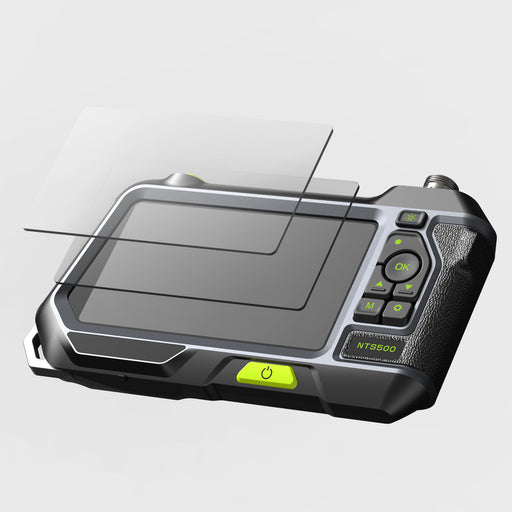
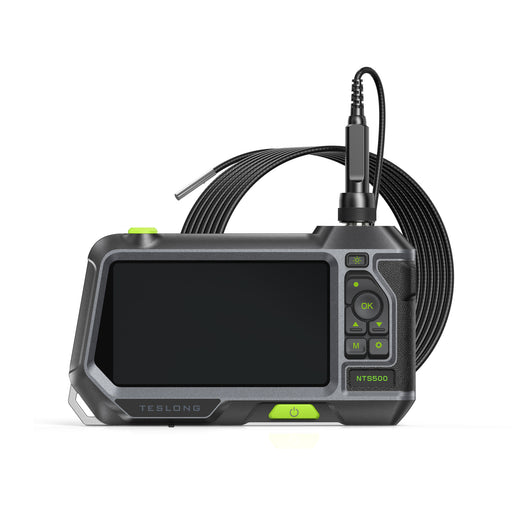
NTS500 Pro Inspection Camera with 5-inch HD Screen
Original price $235.99 - Original price $299.99Original price$235.99 - $299.99$235.99 - $299.99Current price $235.99Technical Specs MonitorScreen: 5-inch IPS HD DisplayScreen Resolution: 1280x720 pixels (16:9)Image Capturing Resolution: 1920x1080 pixels (JPG)V...
View full detailsOriginal price $235.99 - Original price $299.99Original price$235.99 - $299.99$235.99 - $299.99Current price $235.99 -
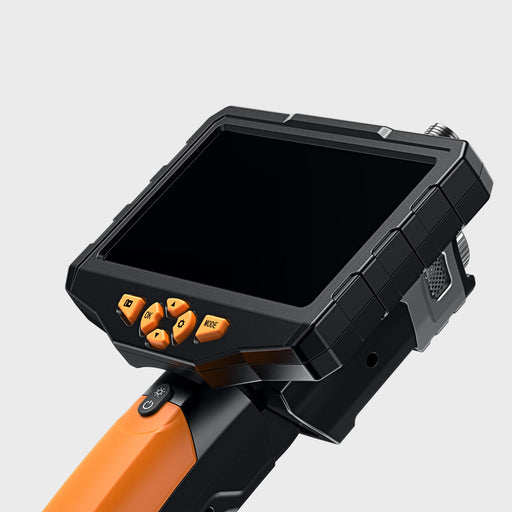
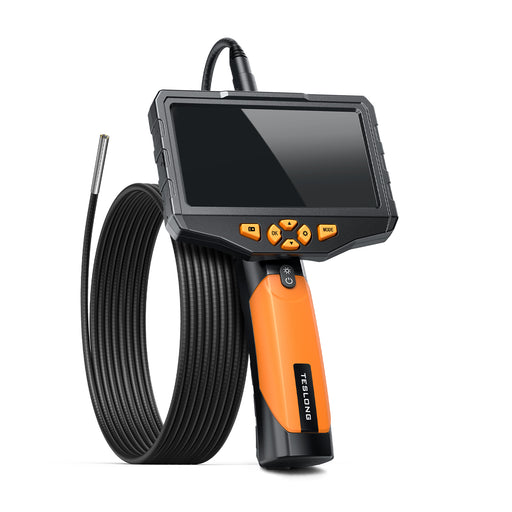
NTS300 Pro Inspection Camera with 5-inch HD Screen
Original price $174.99 - Original price $224.99Original price$174.99 - $224.99$174.99 - $224.99Current price $174.99Technical Specs MonitorScreen: 5-inch IPS HD DisplayScreen Resolution: 854x480 pixels (FWVGA)Image Capturing Resolution: 1920x1080 pixels (JPG)...
View full detailsOriginal price $174.99 - Original price $224.99Original price$174.99 - $224.99$174.99 - $224.99Current price $174.99 -
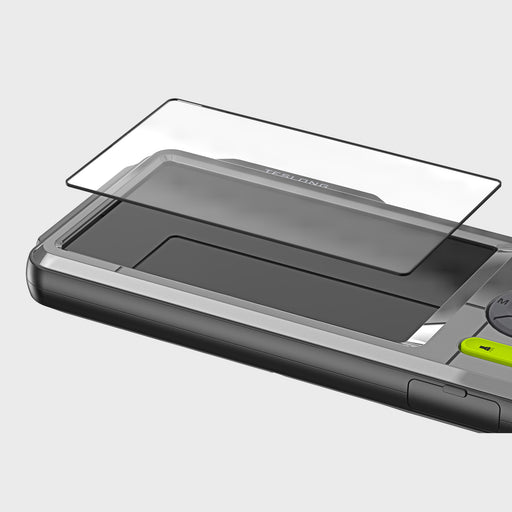
 Sold out
Sold out
NTS500B Household Inspection Camera with 5-inch Screen
Original price $129.99 - Original price $129.99Original price$129.99$129.99 - $129.99Current price $129.99Technical Specs MonitorMonitor: 5-inch IPS Color DisplayScreen Resolution: 854x480 pixels (16:9)Image Capturing Resolution: 1920x1080 pixels (JP...
View full detailsOriginal price $129.99 - Original price $129.99Original price$129.99$129.99 - $129.99Current price $129.99Sold out -
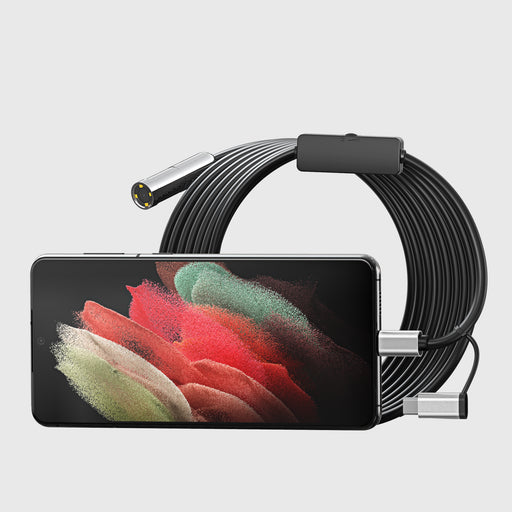
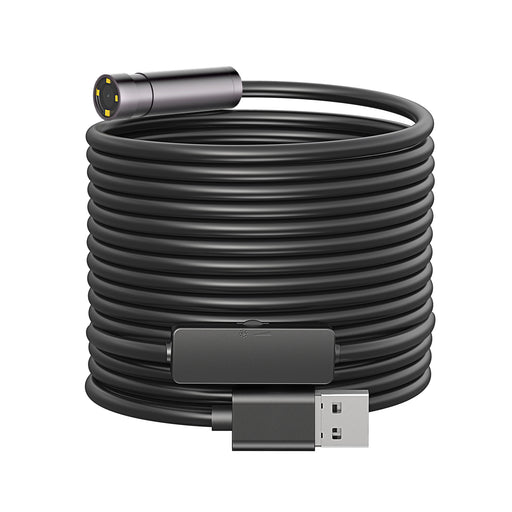
NTC125 Household DIY Autofocus Inspection Camera
Original price $49.99 - Original price $49.99Original price$49.99$49.99 - $49.99Current price $49.99Technical Specs Model Number: NTC125Type: Auto-FocusSingle Lens: Straight-viewingDiameter: 0.49 in (12.5 mm)Length: 16 ft (5-meters)Megapixel: ...
View full detailsOriginal price $49.99 - Original price $49.99Original price$49.99$49.99 - $49.99Current price $49.99 -

 Sold out
Sold out
TS43 4.3-Inch Screen All-In-One Inspection Camera
Original price $59.99 - Original price $59.99Original price$59.99$59.99 - $59.99Current price $59.99Technical Specs MonitorScreen: 4.3-inch LCD DisplayScreen Resolution: 480x272 pixelsImage Capturing Resolution: 1920x1080 pixelsVideo Recording ...
View full detailsOriginal price $59.99 - Original price $59.99Original price$59.99$59.99 - $59.99Current price $59.99Sold out










